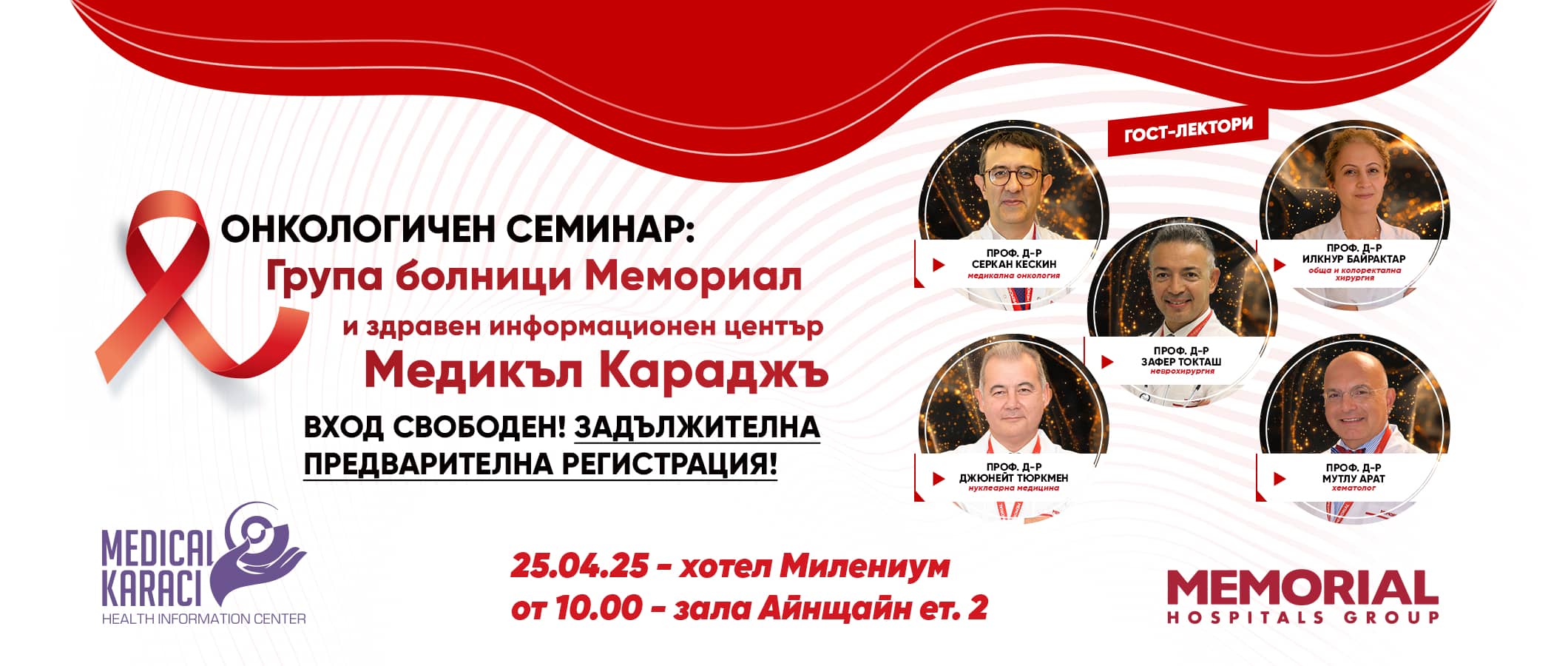
Wolf-Hirschhorn syndrome, also known as 4p-syndrome, is a genetic disorder caused by a partial deletion of the short arm of the 4th chromosome.
The syndrome was first described by Hirschhorn in 1961. In 1965, Wolf described a similar case. A general publication of the cases was made and the syndrome was named Wolf-Hirschhorn.
What is it?
It is not clear what causes this spontaneous genetic change that occurs during the baby's development. The "breaking" of the chromosome is thought to occur after fertilisation.
Usually the "broken" chromosome is not inherited from the parents. However, sometimes Wolf-Hirschhorn syndrome is caused when one parent has something called a "balanced translocation". This means that two or more of their chromosomes have "broken" and replaced their missing parts. The parent then has no symptoms as the chromosomes are still balanced, but this increases the chance of a child being born with a chromosomal abnormality.
To establish a balanced translocation, a genetic test is performed on the parents.
Scars and clinical manifestations
Symptoms can be varied and in different combinations, but the most typical visual signs are:
- wide open eyes and strabismus
- broad or beaked nose
- rabbit's mouth
- small or asymmetrical head shape
- large distance between orbits
- high position of the eyebrows
In terms of other defects commonly found:
- heart defects
- epileptic seizures, which are most common at a young age and tend to decrease with age
- the masticatory and swallowing reflexes are suppressed or absent, necessitating feeding via probes or gastrostomies
- the children have delayed physical and mental development
- some children are born with a wolf's mouth and require a number of operations to close the palate
- hip luxation and severe scoliosis
Diagnostics
In some cases, doctors detect the physical signs of Wolff-Hirschhorn syndrome during a routine ultrasound examination in the first trimester of pregnancy.
Most prenatally diagnosed cases of WHS are associated with large deletions detected by conventional chromosome analysis. Submicroscopic /small/ chromosomal defects cannot be detected by standard methods.
New clinical methods are being used with special molecules and techniques such as fluorescence in situ hybridisation (FISH), which 'maps' the genetic material in the cell. When the karyotype is normal and there are conflicting findings on prenatal ultrasonography, a combined study is recommended. A high-resolution technique such as array comparative genomic hybridization (a-CGH) is used. In this way, the detection rate of chromosomal abnormality is about 95%, whereas the detection rate in standard cytogenetic analysis is 50-60%.
The combined diagnostic approach can determine the expected outcome in terms of future long-term complications and prognosis. This makes it possible to take the necessary measures at an early stage of pregnancy.
Treatment
There is no treatment for the genetic disease at this stage. Thanks to advances in medicine and surgical methods, some birth defects and those occurring later have been successfully removed. Drug therapy affects the epileptic stages of the disease.
Physical and occupational therapy are recommended for children, as well as the organization of various social events for integration. Rehabilitation programmes, which are carried out individually, largely assist children in learning household habits. Various special education methods have also been designed to train the mental functions.For more information, we at Medical Karaj are at your service.
Call us on the following numbers "Medical Karaj": 0879 977 401 or 0879 977 402.
Also keep an eye on our constantly updated Facebook content.



